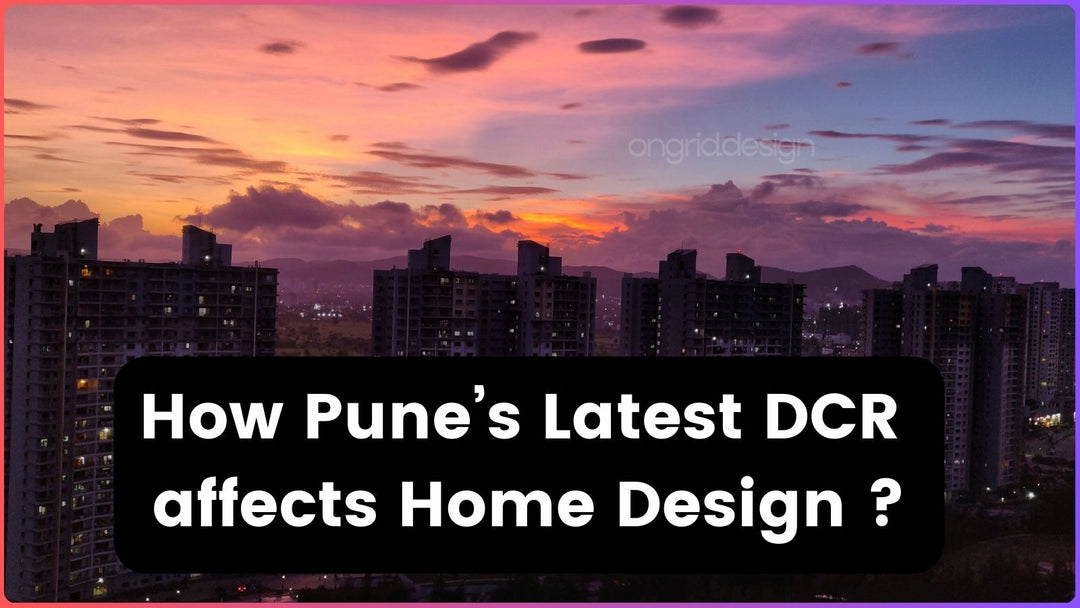Crushed Sand vs River Sand ? The Better Choice, read to learn more
Crushed Sand vs River Sand
Last updated: June 5, 2023
The long-lasting confusion behind crushed sand and river sand. What to choose for my home? Why does river sand cost more? Will crushed sand affect my construction life? How to tell the difference between river sand and crushed sand?
Don't worry; we hope to clear all the confusion and help you make the right choice to build your home.
Before we begin, you must understand why we need to add sand in making Concrete cement mortar and how it affects the different stages of the building process.

Why We Need Sand in Construction
Before we delve into the crushed sand vs river sand debate, it's crucial to understand why we need to add sand in making concrete cement mortar and how it affects the different stages of the building process. Concrete, a heterogeneous mixture consisting of cement, sand, water, and aggregate, is a significant component in an RCC construction. It helps you build columns, slabs, and beams. Another critical use case of sand, whether it's river sand or crushed sand, is in forming plaster mortar. It is used in plastering walls and joining bricks. As you can see, sand is needed in 70% of the construction of your home. To understand more about the role of sand in construction, check out our Home Construction Cost Calculator.

Choosing Between River Sand and Crushed Sand
When our contractor springs us the question, how do we decide to choose between river sand or crushed sand for construction? The answer lies in considering three factors: availability, cost, and performance.
-
Availability - In many parts of our country, it is illegal to procure river sand for construction. The government has laid strict rules against them, and you can be fined for choosing river sand. In contrast, crushed sand is readily available without putting you at risk with the lawmakers.
- Cost - The simple rule of demand and supply makes river sand more expensive than crushed sand. Many still prefer making their homes with river sand where procurement is not the issue. However, river sand being organic is not an ideal construction material of choice.
- Performance - Crushed sand is made from the debris of construction waste and sieved to 4mm, perfect for application with cement. Since it is a mechanical process, the quality remains consistent. There are many more performance benefits of crushed sand which you will learn as we read along.
Availability, Cost and Performance are crucial aspects in determining the effectiveness of building material.

Impact on Strength and Lifecycle of the Project
Let us now learn how the choice of River sand or Crushed sand affects the overall strength and lifecycle of the project. Crushed sand is made by mechanically crushing basalt, granites, or other stones.
The sieve is fixed, which allows the entire batch to be uniform. They also had lower chances of adulteration as proper methods of production are incorporated. River sand, on the other hand, is organic.
The particles are non-uniform and often mixed with organic debris, which undermines cement's bonding properties. To understand more about the impact of material choice on the strength and lifecycle of a project, check out our Case Studies.
Crushed sand is made by mechanically crushing basalt, granites or other stones. The sieve is fixed, which allows the entire batch to be uniform. They also had lower chances of adulteration as proper methods of production is incorporated.
River sand, on the other hand, is organic. The particles are non-uniform and often mixed with organic debris, which undermines cement's bonding properties.
Many articles discuss compressive strength, fractural strength, specific gravity, and sieve sizes in a lot more detail. Unless you are a civil engineer and love to know the details. The baseline is mechanically produced sand is of higher quality and stands a better chance in performance against river sand.
River sands mining undermine our environment drastically. In 2021 who chose to build their homes with eco-friendly design choices should strongly consider M-sand or crushed sand.

Comparison Table
Some basic differences between Crushed sand and River Sand
| Crushed Sand | River Sand | |
| Water Absorption | 2 to 4% | 1.5 to 3% |
| Adulteration | Less Probability | More Probability |
| Application | Better for RCC | Better for Plaster |
| Environment | Friendly | Harmful |
| Compressive Strength | Higher | Lower |
| Silt Content | Nil | Needs additional washing |
| Wastage | No Waste | Needs additional sieve |
| Source | Quarry | River Bed |
Conclusion
In conclusion, when it comes to choosing between crushed sand and river sand for your construction project, it's essential to consider factors like availability, cost, performance, and environmental impact. While river sand has traditionally been the material of choice, the emergence of crushed sand as a more sustainable and efficient alternative has led to a shift in this trend. Whether you're building a new home or undertaking a major renovation project, understanding the difference between these two types of sand can help you make an informed decision that benefits both your project and the environment. For more insights on home design and construction, check out our Architect's Guide to Home Design Plans for Home Owners.
Other Articles that may interest you :
- Checklist to build a house in India
- How to decide on a good Layout for your home?
- 25 Common terms
- Building Codes Regulation
Ongrid.Design aims to provide you with real and verified data. That’s why we conduct our research and obtain direct, personal insight. Analyses and graphics in this article are based on authentic sources cross-validated by our in-house experts.
We take great care to ensure the information we publish is reliable and accurate—however, Ongrid.Design takes no responsibility for inaccuracy in information supplied to us by users, research participants, or other entities.
Please note the insight contained within this article is for general information purposes only. We’re glad to answer any questions you may have about this article and its supporting research. For further information, please contact Ongrid.Design Expert directly via email at hello@ongrid.studio.












This article provides a clear comparison between crushed sand and river sand for construction. It highlights the importance of sand in concrete cement mortar and plastering. The discussion on availability, cost, and performance makes it easier to decide which to use. Crushed sand, being mechanically produced, offers consistency and quality, while river sand, though preferred by some, can be costly and less reliable. A helpful read for making informed construction choices!
Leave a comment